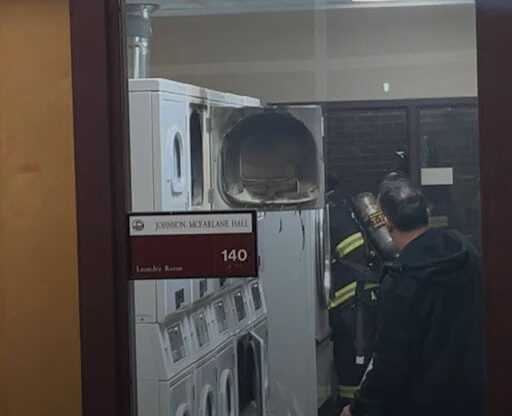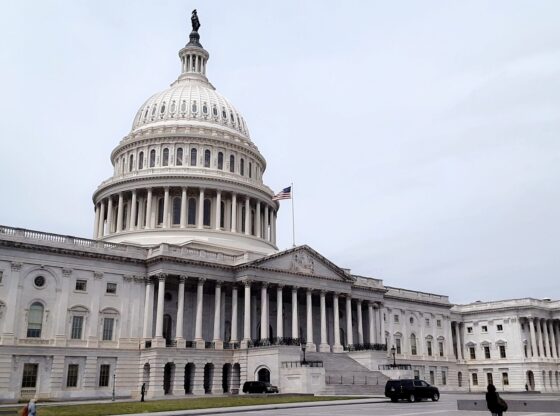According to The Wall Street Journal, American teens are dying at an alarming rate, concerningly reaching their highest levels in about 15 years. Not only is this reversing years of progress that has been made to prevent teen deaths but there is not any foreseeable solution to the ongoing problem.
This crisis is due to various reasons including but not limited to homicides, drug overdoses, car accidents and suicides. With so many factors to take into account, it is difficult to target each problem and give it the due diligence it deserves. Some of these problems are also intertwined and therefore cannot be solved without confronting another issue first.
In the current state of the world, children have to constantly be concerned about their well-being. Not only do they have to take their physical health into consideration with an ongoing global pandemic and skyrocketing violence at schools, but teens have to be concerned about their mental health as well.
One of the main timestamps that can be recognized resulting in the rise in death rates among American teens was the 2020 pandemic. Although the COVID-19 virus itself was not a major culprit of the rising death rates, the repercussions of the issue are major factors to take into consideration.
Researchers say that this social disruption resulting in uprooting and isolating the teens caused severe public-health problems, including a rise in depression and anxiety. Many children during and since Covid-times have reported a feeling of hopelessness, curating an environment for many mental health problems to come to fruition.
It is important for children to have avenues in their lives to serve as outlets. It is obvious that kids are going through constant changes in their development, but these changes usually do not exist on an environmental level as well. This type of uncontrollable change is difficult for young people to endure and cope with, lacking resources given to them by adults.
The pandemic served as a learning opportunity for all of us, but it was detrimental to the development, progress and overall health and happiness of children and teens. As a society, we failed them during this time. Now, the only thing we can do is try to right those mistakes by making sure mental health becomes a priority.
Some other causes of the increase in death rates are accessibility to lethal narcotics, firearms and driving dangerously. It is possible teens are driven to use such methods as coping mechanisms in an ever-changing world. Without structure, it is understandable that teens may resort to other temporary fixes to their problems, instead of getting real help.
According to an analysis of federal death statistics by the the Center on Society and Health at Virginia Commonwealth University, mortality rates ages 1-19 rose by 10.7% between 2019 and 2020 alone, and then by an additional 8.3% from 2020 to 2021.
Suicide rates have risen among American children between the ages of 10 to 19 steadily since 2007, while homicides have been accelerating since 2013, according to the research in JAMA by Woolf.
It is absolutely necessary for schools to teach children about mental health, bringing community and awareness to these issues that so many face. Since this has been an ongoing problem for so long, it is safe to say that this is a commonly-dealt issue.
It has been proven that with outlets and resources, mental health and stability improves among teens. Some areas where this may be implemented would be by improving habits such as diet and sleep. Introducing these ideas to teens and children in schools would be a great way to start.
Encouraging having hobbies and continued learning may also help to improve mental health. This way, children will feel supported in their environments that are constant for them, especially in a world where nothing else feels stable.
With proper resources, outlets and support, we may be able to bring these rates back down, giving children and teens a safe space where they feel comfortable to speak about and address their struggles.











